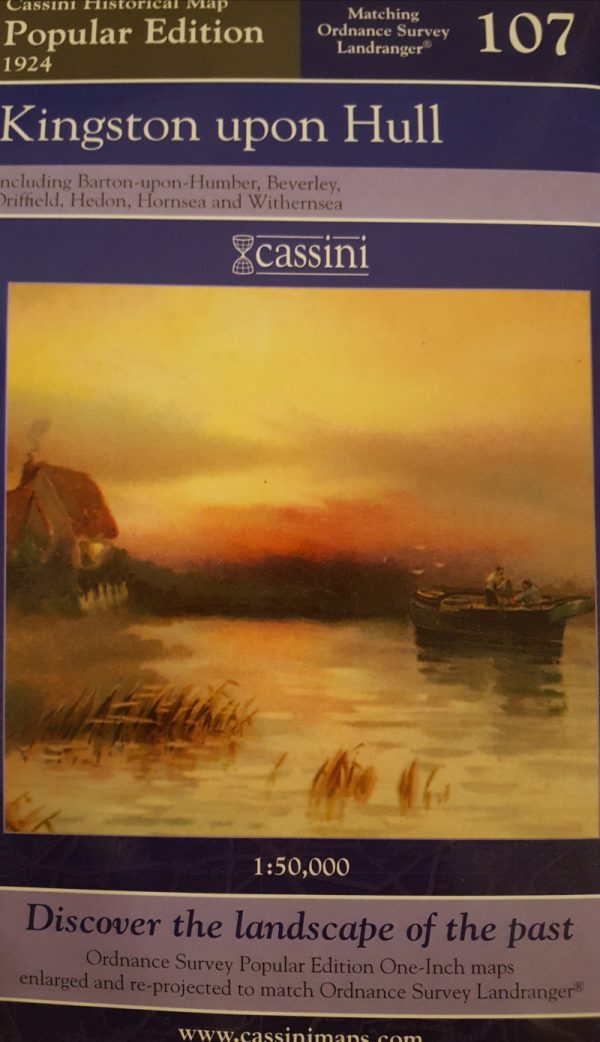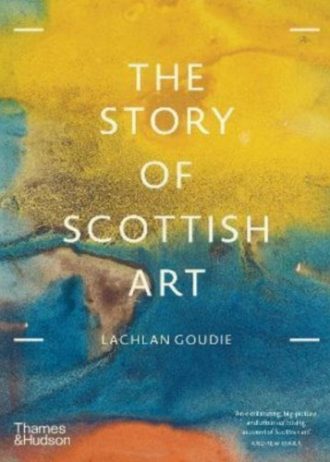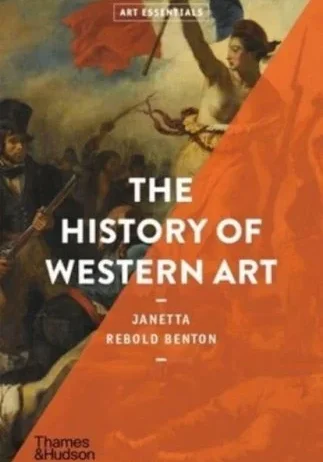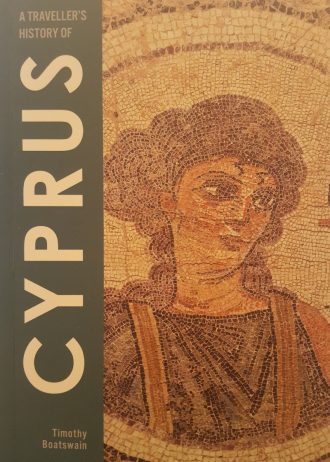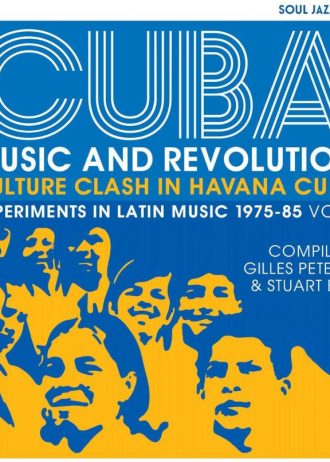A Traveller’s History of Turkey
£4.90Throughout the millennia Turkey formed the core of several Empires–Persia, Rome, Byzantium–before becoming the center of the Ottoman Empire. All these civilizations have left their marks on the landscape, architecture and art of Turkey–a place of fascinating overlapping cultures. Traveller’s History of Turkey offers a concise and readable account of the region from prehistory right up to the present day. It covers everything from the legendary Flood of Noah, the early civilization of Catal Huyuk seven thousand years before Christ, through the treasures of Troy, Alexander the Great, the Romans, Seljuks, Byzantines and the Golden Age of the Sultans, to the twentieth century’s great changes wrought by Kemal Ataturk and the strong position Turkey now holds in the world community.

